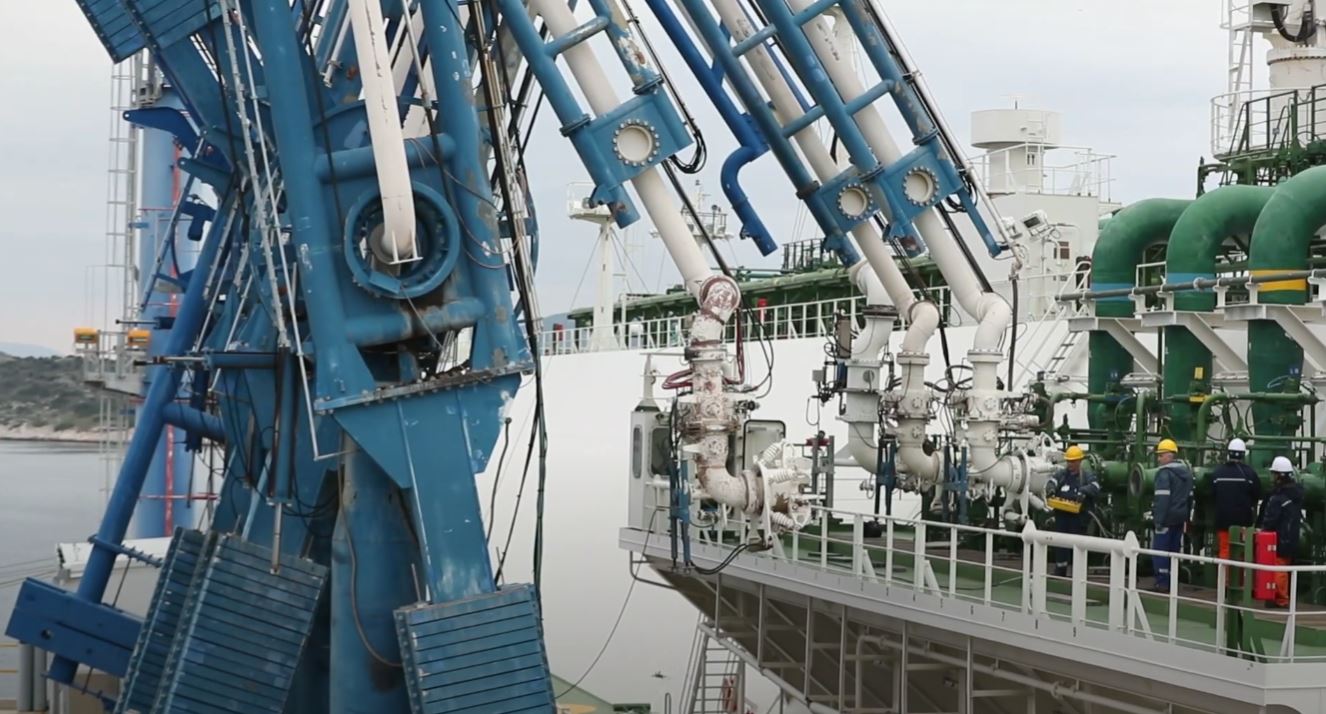LNG deliveries to Greece dropped by almost 31 percent in 2021 due to lower volumes from the US and Qatar.
Greece’s gas grid and Revithoussa terminal operator, DESFA, said the regasification plant had received 35 cargoes or nearly 24.51 terawatt hours during the January-December period.
This compares to 33.40 TWh from 49 vessels in 2020, the firm owned by a consortium led by Italy’s Snam said.
US deliveries via the Revithoussa terminal rose more than six times in 2020 as LNG dominated over pipeline gas due to lower spot prices. However, the market completely changed in 2021 as spot prices surged to record highs.
Despite the decrease compared to the previous year, almost a third, or 31.8 percent, of imported natural gas into Greece came from LNG imports.
Total natural gas imports rose 10 percent to 77.73 TWh while domestic natural gas consumption reached a record high of 69.96 TWh, DESFA said.
The majority of the gas supplies or about 68.6 percent ended up in power plants, followed by household consumers and businesses connected to the distribution networks.
US remains largest LNG supplier despite drop in volumes
DESFA said that the US had remained the largest LNG supplier to Greece despite a 27 percent drop in volumes year-on-year.
US volumes accounted for about 50.14 percent of the total LNG supplies, reaching 12.29 TWh, while Qatari volumes dropped 44.59 percent to 4.74 TWh.
LNG imports from Algeria increased by 60.24 percent to 5.40 TWh while LNG imports from Egypt also increased by 29.74 percent to 1.12 TWh, according to DESFA’s data.
Angola also supplied 0.94 TWh to Greece last year.

